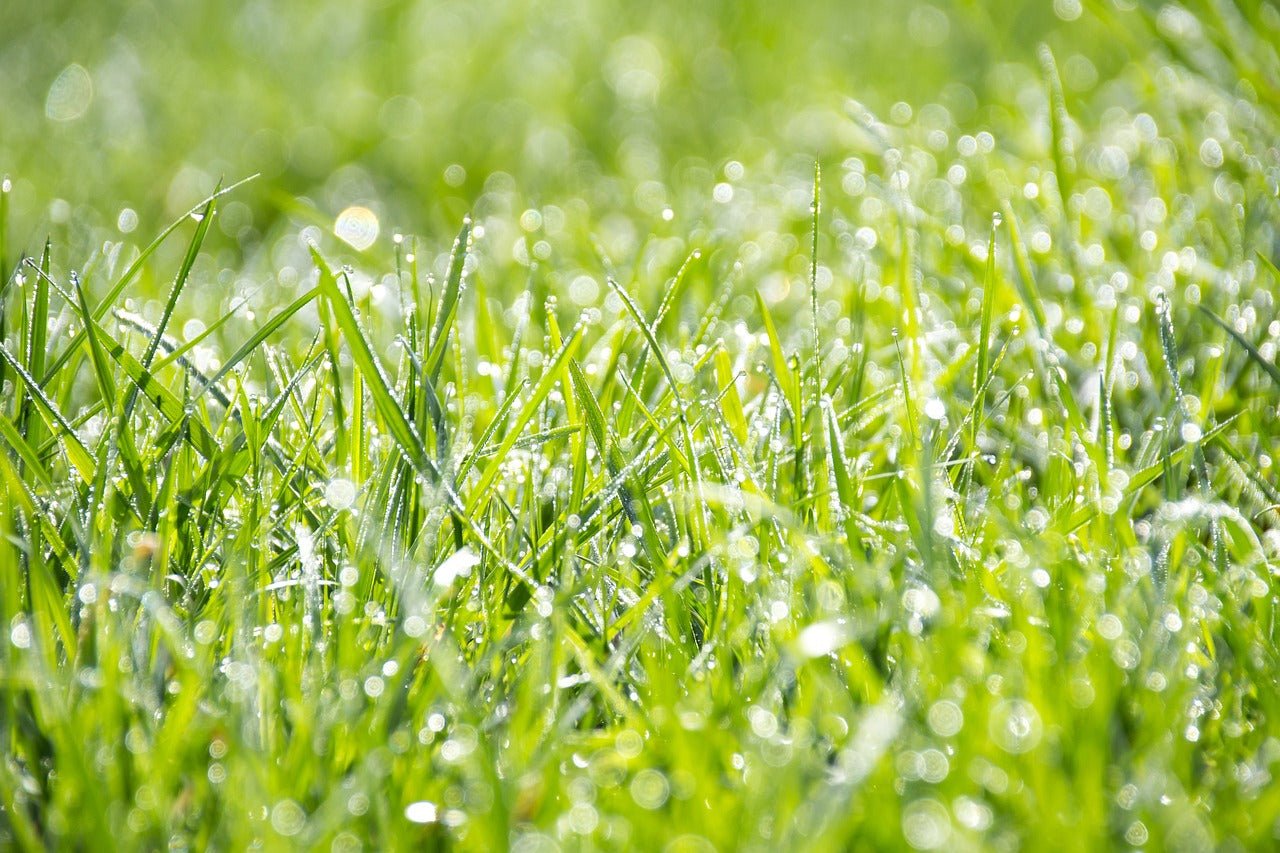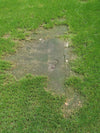
How does the grass plant absorb liquid feed?
Grass plants are essential for the ecosystem. They provide food for livestock, prevent soil erosion, and contribute to the aesthetic beauty of lawns and parks. However, like any other plant, grass requires essential nutrients to grow and thrive. One way to provide these nutrients is through liquid feed, but how does the grass plant absorb liquid feed? In this article, we will explore the process of nutrient absorption, the benefits of using liquid feed, and how it works.
Nutrient Absorption
All plants, including grass plants, absorb nutrients through their roots. The absorption process is facilitated by root hairs, which are tiny extensions of the root system that increase the surface area for nutrient uptake. When nutrients are dissolved in water, they move into the soil solution, where they can be taken up by the roots.
The nutrients are then transported through the plant via the xylem and phloem. The xylem carries water and nutrients from the roots to the leaves, while the phloem carries sugars and other organic molecules from the leaves to the rest of the plant.
Benefits of Liquid Feed
Liquid feed has several advantages over traditional solid fertilizers. Firstly, it is easier to apply and can be absorbed quickly by the plant. Secondly, it can be applied evenly, reducing the risk of over-fertilisation and under-fertilisation. Lastly, liquid feed can be customized to meet the specific nutrient needs of the grass plant.
Liquid feed can also be applied to the leaves of the grass plant, which is known as foliar feeding. This method is particularly useful when the soil is unable to provide the necessary nutrients. Foliar feeding can also help with plant growth during periods of drought and stress, as the nutrients are absorbed more quickly.
How it Works
Foliar feeding, involves spraying the liquid feed directly on the leaves of the grass plant. This method bypasses the root system and provides nutrients to the plant's above-ground parts. The nutrients are then absorbed through the leaves and transported to the rest of the plant via the phloem.
Conclusion
In conclusion, the grass plant absorbs liquid feed through its roots, just like any other nutrient. Liquid feed has several advantages over traditional solid fertilisers, including ease of application, even distribution, and customization. It can be applied to the soil or directly to the leaves of the plant, depending on the specific needs of the grass. By understanding how liquid feed works, you can ensure that your grass plants receive the essential nutrients they need to thrive.
In addition to liquid feed, it is also important to ensure that your grass plants are well-maintained. This includes regular mowing, watering, and pest control. By providing your grass plants with the necessary nutrients and care, you can help them grow and contribute to a healthy ecosystem.
Ready to be proud of your garden?
Ensure your lawn never goes hungry with our personalised feeding plan. Delivered through you letterbox exactly when you need it.






